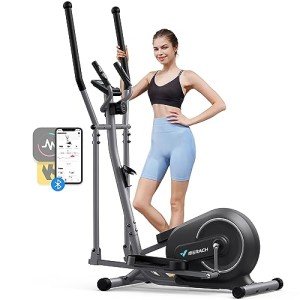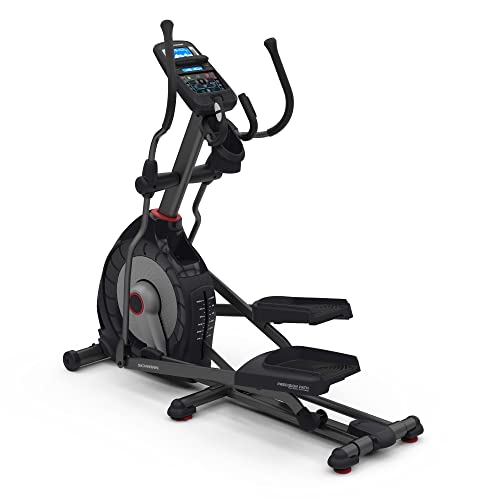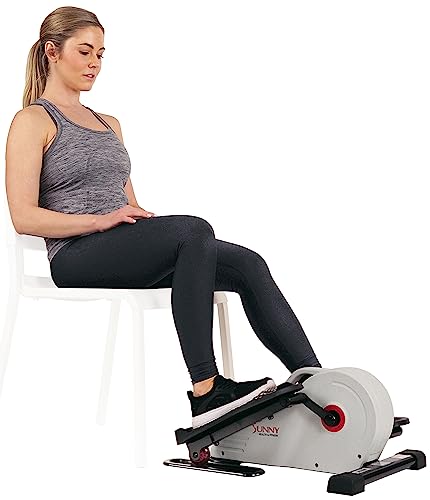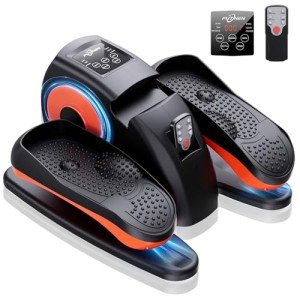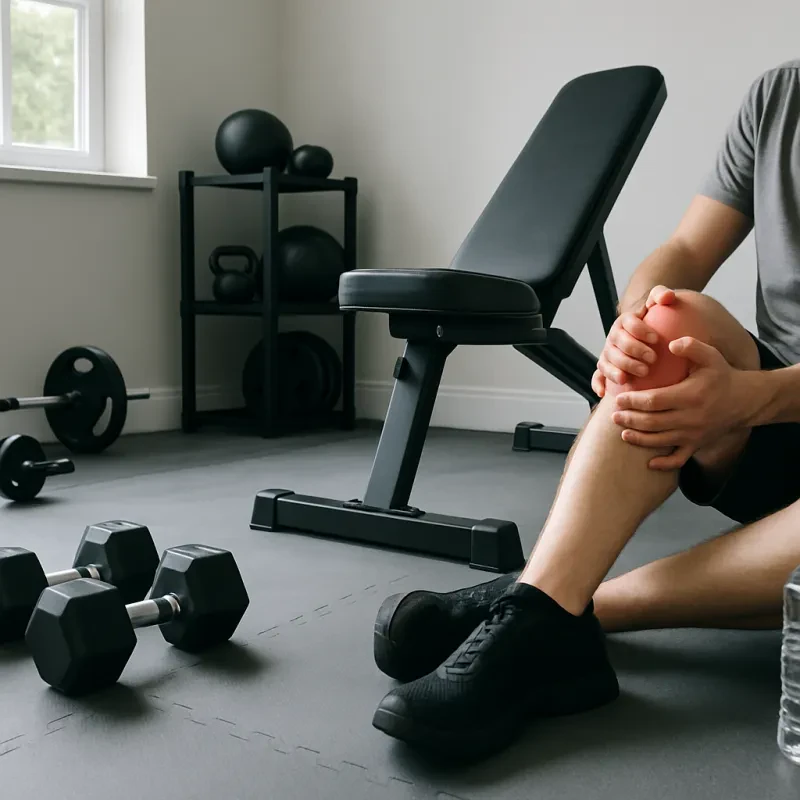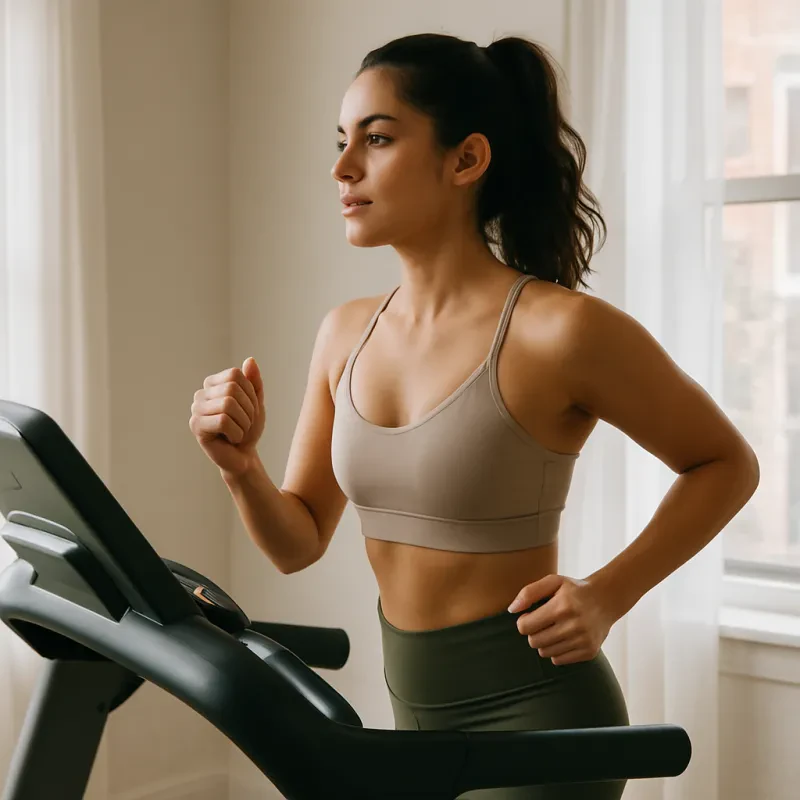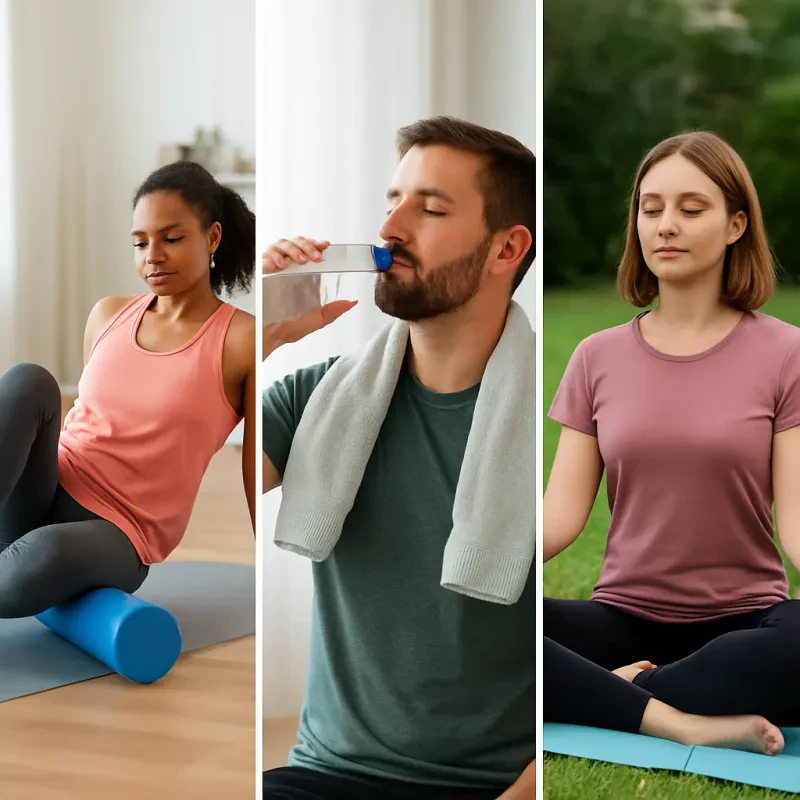The elliptical machine is one of the most effective pieces of cardio equipment for a full-body workout. Whether you're looking to burn calories, improve endurance, or tone muscles, an elliptical provides a low-impact exercise that engages multiple muscle groups. But what muscles do you actually work out on an elliptical?
This guide will break down the muscles worked on an elliptical, explain how to maximize muscle activation, and provide tips to enhance your elliptical workouts for better fitness results.
Muscles Targeted During an Elliptical Workout
The elliptical trainer engages both the upper and lower body muscles, making it a great full-body workout option. Here’s a breakdown of the primary muscle groups worked:
1. Lower Body Muscles
Since an elliptical mimics a natural walking or running motion, it effectively works the muscles in your legs and glutes.
Quadriceps (Front of Thighs)
-
The quadriceps engage as you push down on the pedals.
-
Increasing the incline emphasizes quad activation.
Hamstrings (Back of Thighs)
-
Your hamstrings work to stabilize your legs during movement.
-
Using a backward pedaling motion enhances hamstring engagement.
Glutes (Butt Muscles)
-
The glutes (gluteus maximus, medius, and minimus) are activated during each stride.
-
A higher resistance level increases glute engagement.
Calves (Lower Leg Muscles)
-
The gastrocnemius and soleus in the calves help propel each movement.
-
Standing on the balls of your feet increases calf activation.
2. Upper Body Muscles
Ellipticals with movable handlebars provide an upper-body workout along with lower-body movement.
Biceps (Front of Arms)
-
Pulling the handlebars toward you engages your biceps.
-
The greater the resistance, the harder your biceps work.
Triceps (Back of Arms)
-
Pushing the handlebars forward activates the triceps.
-
Proper hand placement ensures effective triceps engagement.
Shoulders (Deltoids)
-
Your shoulder muscles (deltoids) are engaged throughout each motion.
-
Holding the moving handles instead of a static grip increases shoulder involvement.
Chest (Pectorals)
-
Pushing the handlebars forward works your chest muscles (pectorals).
-
Increased resistance and forward motion enhance chest activation.
3. Core Muscles (Abs & Lower Back)
The elliptical machine engages your core muscles for balance and stability.
Abdominals (Rectus Abdominis & Obliques)
-
Your abs contract to maintain posture and stability.
-
Engaging your core muscles enhances calorie burn and muscle toning.
Lower Back (Erector Spinae & Multifidus)
-
Your lower back muscles work to support posture during workouts.
-
Avoid leaning on the handles to maximize core engagement.
How to Maximize Muscle Engagement on an Elliptical
Want to get the most out of your elliptical workout? Follow these tips to increase muscle activation and improve results.
1. Adjust Resistance & Incline
-
Higher resistance engages more muscles and builds endurance.
-
Increasing incline activates the quads, hamstrings, and glutes.
-
A flat incline emphasizes calves and core stability.
2. Use the Handles for an Upper-Body Workout
-
Push and pull the movable handlebars to work the biceps, triceps, shoulders, and chest.
-
Avoid relying too much on the handles, engage both upper and lower body equally.
3. Try Backward Pedaling for More Leg Engagement
-
Reverse pedaling activates the hamstrings and glutes more than forward motion.
-
Maintain good posture to avoid straining your lower back.
4. Focus on Core Engagement
-
Maintain an upright posture without leaning on the handles.
-
Engage your abs by tightening your core throughout the workout.
5. Incorporate Interval Training (HIIT)
-
Alternate between high resistance and low resistance for increased calorie burn and muscle activation.
-
Try 30-second sprints followed by 60 seconds of moderate pedaling.
MERACH Home Elliptical Exercise Bike, Ultra Silent Elliptical Exercise Bike with 16 Levels Magnetic Resistance, LCD Screen, Heart Rate Sensor, Exclusive Application, Load Capacity 120 kg
Experience a smooth, quiet workout at home with customizable resistance and real-time fitness tracking
Product information
Product Review Score
4.94 out of 5 stars
228 reviewsProduct links
Elliptical vs. Other Cardio Machines: Muscle Engagement Comparison
How does an elliptical trainer compare to treadmills, stationary bikes, and stair climbers in terms of muscle activation?
| Machine | Primary Muscles Worked | Impact Level |
|---|---|---|
| Elliptical | Full-body: Legs, glutes, arms, core | Low-impact |
| Treadmill | Lower body: Quads, hamstrings, calves | High-impact |
| Stationary Bike | Lower body: Quads, hamstrings, glutes | Low-impact |
| Stair Climber | Lower body: Glutes, quads, calves | Medium-impact |
-
Ellipticals provide a full-body, low-impact workout, making them ideal for joint-friendly exercise.
-
Treadmills focus more on lower-body muscles but can lead to higher impact stress.
-
Stationary bikes and stair climbers primarily target the legs and glutes but lack upper-body engagement.
Benefits of Using an Elliptical for Strength & Endurance
Beyond targeting multiple muscle groups, elliptical workouts offer several health benefits:
1. Low-Impact Exercise for Joint Health
-
Reduces stress on knees, hips, and ankles.
-
Ideal for rehabilitation and injury recovery.
2. Effective Calorie Burn for Weight Loss
-
Burns 300–600 calories per hour, depending on intensity and resistance.
-
Engages large muscle groups to increase fat loss and endurance.
3. Full-Body Workout in One Session
-
Works both upper and lower body simultaneously.
-
Improves coordination and stability.
4. Customizable for Different Fitness Levels
-
Adjustable resistance, incline, and intensity for varied workouts.
-
Suitable for beginners to advanced athletes.
Get the Most Out of Your Elliptical Workout
The elliptical trainer provides a total-body workout, engaging key muscle groups such as the quads, hamstrings, glutes, calves, core, arms, and shoulders. By adjusting resistance, incline, and workout intensity, you can maximize muscle activation, burn calories, and build endurance.
Whether you’re using the elliptical for weight loss, muscle toning, or improving cardiovascular health, incorporating proper form and variation into your routine will help you achieve the best results.

